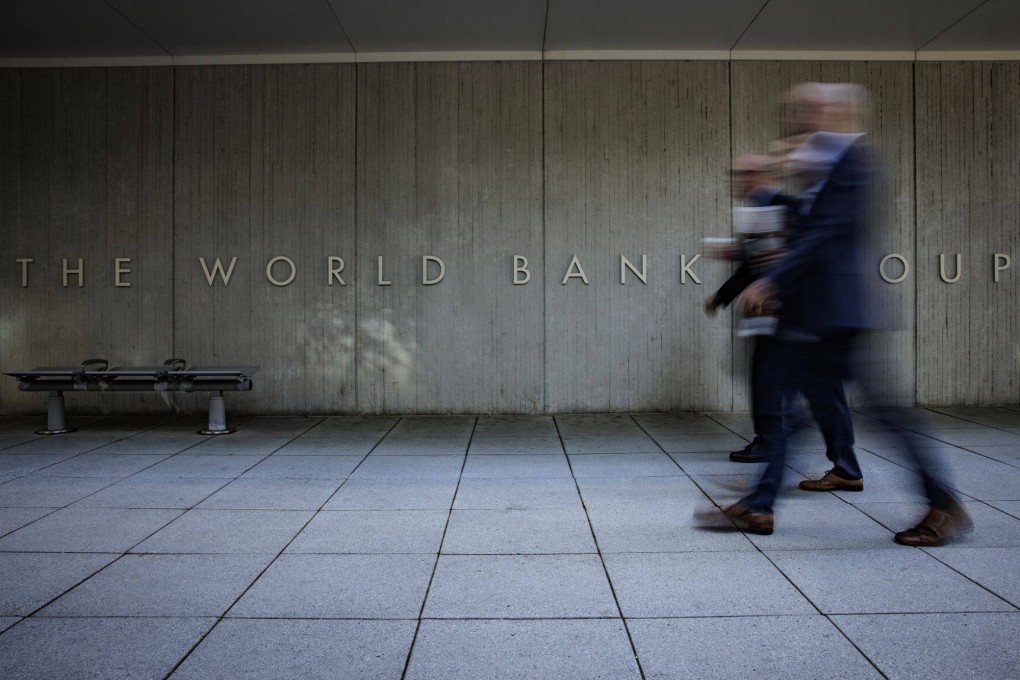Macroscope | Amid climate change and pandemic stresses, multilateral development banks can free up billions of dollars
- Can multilateral development banks loosen risk policies to provide larger-scale, low-cost financing while serving developing nations well?
- To start with, the banks could leverage their deep knowledge of country risks to make better use of their guarantee products, instead of focusing on loans

The impact of these measures on MDBs is unclear. It may be neutral. It could result in credit rating downgrades, thus increasing borrowing costs. It could lead to a general capital call among MDB shareholders, something many governments may not be in a position to entertain.
In February, it was reported that a group of dozens of mostly developing economy governments wrote to World Bank executives calling on them to retain their tight risk management policies. These countries want to preserve the bank’s ultra-high credit rating so they can continue to access low-cost capital, according to the report.
Thus, a dichotomy exists: can MDBs simultaneously loosen risk policies to provide low-cost financing at a larger scale while serving their developing-economy clients well?
Most MDBs have maintained AAA credit ratings since their inception. They keep in reserve large callable capital commitments from shareholders. Among long-established MDBs, the ratio of paid-in to callable capital ranges between 1:15 and 1:20, a formidable cushion. Never has that contingency been called. MDBs concurrently enjoy “preferred creditor treatment” where a borrower country under financial distress would prioritise MDB obligations.
